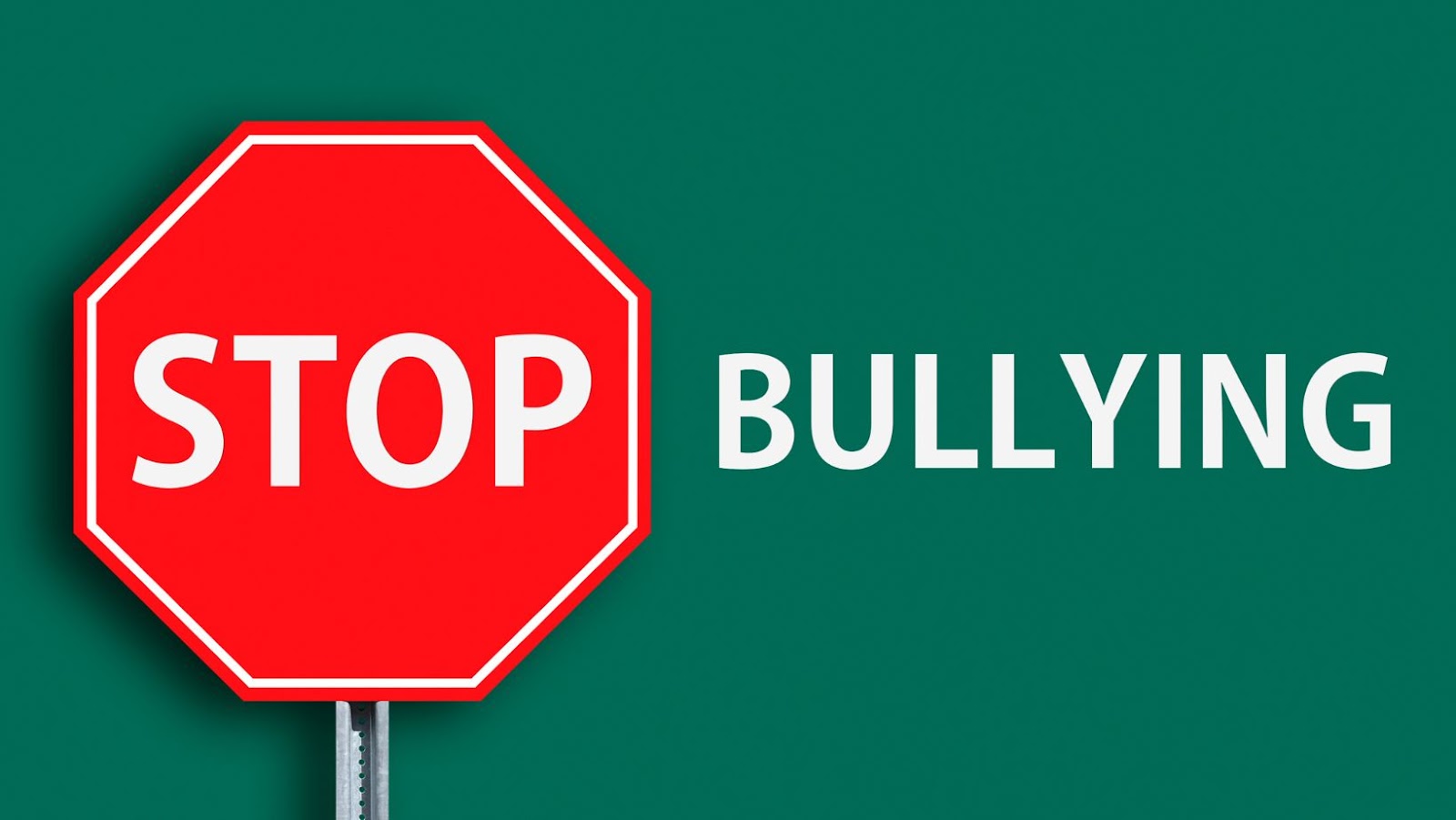
You don’t want to think about your child becoming the target of a cyberbully. However, research suggests that over a third of young people will experience online harassment at least once. Often, it becomes an ongoing pattern of toxic behavior that can take a severe toll on your teen’s health.
Dealing with this abuse can leave you feeling helpless. However, there’s quite a bit that you can do to help as a parent. Here’s what you need to know if your child is being cyberbullied.
1. Discovering the Nature of the Bullying
Electronic communication is everywhere these days, with even low-key video games like Words With Friends containing chat functions. How can you tell that your child is being cyberbullied? Pay attention to the following signs:
- Unusual nervousness or fear: Does your child seem more nervous than usual about going to school? Are they complaining of more frequent illnesses that you suspect are false to get out of attending?
- Jumpiness, anger or frustration when using social media or after gaming: Your child may try to hide their online activity from you or become hostile after seeing negative messages.
- Changes in eating, grooming or sleeping patterns: It’s sometimes difficult to differentiate normal adolescent changes from bullying, but pay attention if they start sleeping too much or not at all, neglecting their appearance or gaining or losing excess weight.
- Loss of interest in other activities: Your former star athlete may start skipping soccer practice and withdraw from social clubs.
- Suicidal talk or ideation: Please take all threats seriously. Likewise, pay attention if your child makes statements like, “It won’t matter after I’m gone,” or begins giving away favorite things.
Online harassment takes several forms. Cyberbullies may send threatening messages to your child or posting personal information or photos online without permission. Sexting is a particularly notorious activity. Many rejected suitors have posted nude photographs publicly, causing their victims to lose school, scholarship and employment opportunities.

Keep in mind that you will need evidence to pursue legal action if you choose. Either way, you should keep screenshots of all messages or pictures posted without permission, as authorities can use these records to establish a pattern of behavior.
2. Validating and Empathizing With Your Child’s Experience
Please don’t feel inadequate if you discovered your child was being cyberbullied before they came to you with the problem. Many children feel embarrassed by such behavior and might have internalized the message that they have to “deal with things like this” by themselves. Shaming them for not coming forward will only make them more reticent to trust you in the future, so thank them for any openness or disclosure without punishing them for silence.
You should help your child restore a sense of safety by blocking the bully and reporting ongoing harassment to the appropriate social media outlets, if possible. Walk your child through the process of deactivating their accounts and taking a break.
Then, make a plan together for how to proceed. Please avoid the urge to “fix the problem” for your child by demanding that you talk to the bully’s parents or get the police involved. In some cases, these measures could do more harm than good and taking the reins deprives your child of a valuable problem-solving opportunity about how to manage conflict with your guidance.
In some cases, deactivating old accounts, starting new, safer ones consisting only of approved contacts and keeping your child’s phone number blocked may do the trick. In others, you may need to involve parents, school or local authorities — the critical aspect is to involve your child in the decision-making process.
3. Determining Your Legal Rights
You and your child aren’t alone in your fight against cyberbullying. Both federal and state laws cover this behavior, taking some teens and tweens by surprise when they discover they could go to jail for their online actions.
Some types of cyberbullying that trigger criminal liability include the following:
- Death threats or threats of violence
- Sexting
- Taking photographs where privacy is expected
- Child pornography
- Harassing phone calls and threats
- Hate crimes
- Extortion and “sex”tortion
The more evidence you amass, the stronger your case will be. Take screenshots of all contact with the cyberbully to establish a pattern. Master how to do this on a gaming console, as some criminals use these chat channels to perpetuate their abuse.

4. Taking Action
Your final step is to take action. If you and your child decide to proceed with legal action, contact the local authorities together for guidance on what steps to take next. If you determine that a meeting with parents or school officials might help, iron out the details before making your approach.
Your ultimate responsibility is to your child’s mental health. Please consider booking them a few appointments with a licensed therapist so that they can process the emotions related to this trauma. Your child likely qualifies for insurance coverage even if you don’t — you can apply for CHIP on the Healthcare.gov website. Other clinics offer assistance on sliding scales for parents who don’t qualify.
You can also find online and in-person support groups for victims of cyberbullying. There are also groups for parents where they can get advice from others who have been there.
What to Know If Your Child Is Being Cyberbullied
You want to think of childhood as a happy, innocent time. However, cyberbullying continues, affecting millions of teens and tweens every year.
Understand the steps to take if your child is being cyberbullied. Ultimately, you are your child’s best defense against those that would steal their shine.























